At any existing enterprise, many different business operations are performed. As a result, the balances of funds and their sources in the balance sheet change. Information on the status of assets is necessary for making sound management decisions. However, it is not possible to form a balance after each operation. In this regard, to reflect the movement of funds used accounting accounts. We will consider them in more detail below. 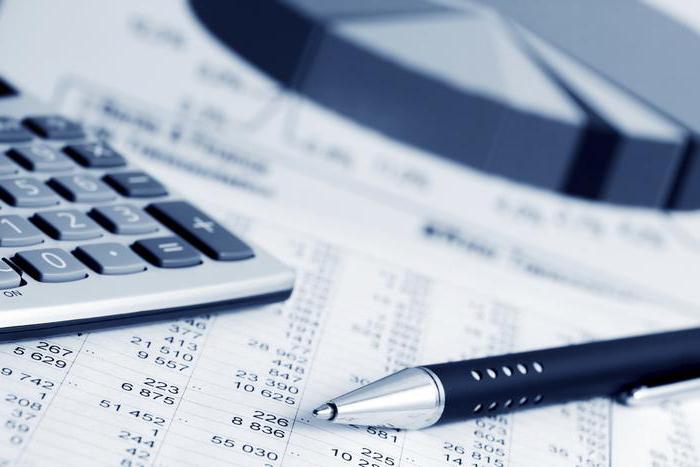
Structure
Accounting accounts are a method of grouping transactions, liabilities and assets. Each of them has a two-digit number and name. They are reflected in:
- Debit turnover. It is the sum of all transactions that are reflected in the corresponding part of the account without an opening balance.
- Credit turnover. It represents, respectively, the amount of operations reflected in the credit of the account without an initial balance.
- Balance at the beginning and end of the period. The latter is determined by information on the initial balance in credit and debit turnover.
Key Accounts
These include:
- Assets. These accounts show the property of the enterprise. Balance (balance) on them can only be debit.
- Passive. These articles reflect the sources of company funds. The balance in this case is only credit.
- Actively passive accounting accounts. They show calculations with contractors and suppliers, customers and buyers, accountable persons and other creditors and debtors.
In accordance with the operations, a mixed accounting budget account may in one period have an active, and in another - a passive structure. In this regard, the balance can be both credit and debit, or at the same time both.
Assets
It includes the following accounting accounts:
- Fixed assets - 01.
- NMA - 04.
- Materials - 10.
- The main production is 20.
- Finished products - 43.
- Cashier - 50.
- Settlement articles - 51.
- Currency accounts - 52.
- Financial investments - 58.
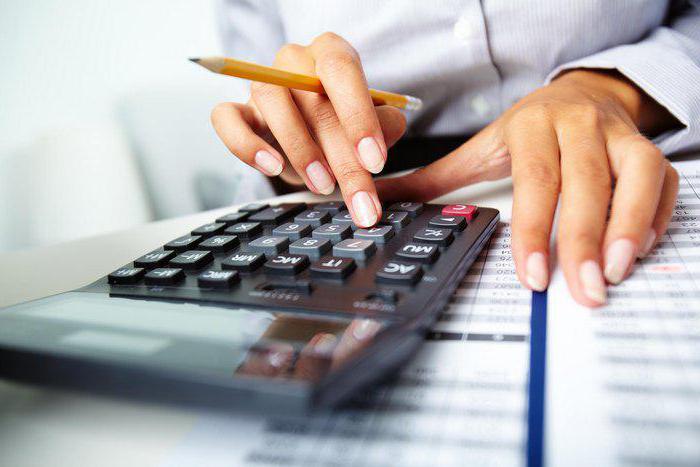
Passive
In this part of the balance there are such accounts as:
- Registered capital - 80.
- Reserve funds - 82.
- Additional paid-in capital - 83.
- Losses and gains - 99.
- Calculations:
- on short-term loans and credits - 66;
- for long-term loans and borrowings - 67;
- with contractors and suppliers - 60;
- on taxes and fees - 68;
- social security and insurance - 69;
- with wage workers - 70.
Active passive part
It includes:
- Profit and loss - 99.
- Calculations:
- with founders - 75;
- with accountable persons - 71;
- with different creditors and debtors - 76.
Chart of accounts of accounting for financial and economic activities
It is used in companies of any form of ownership using the double-entry method. The plan is developed in accordance with the economic classification of accounts. It provides the names and codes of articles of the first and second order. He, like the Instructions for the application of the chart of accounts, approved by Order of the Ministry of Finance No. 94n. 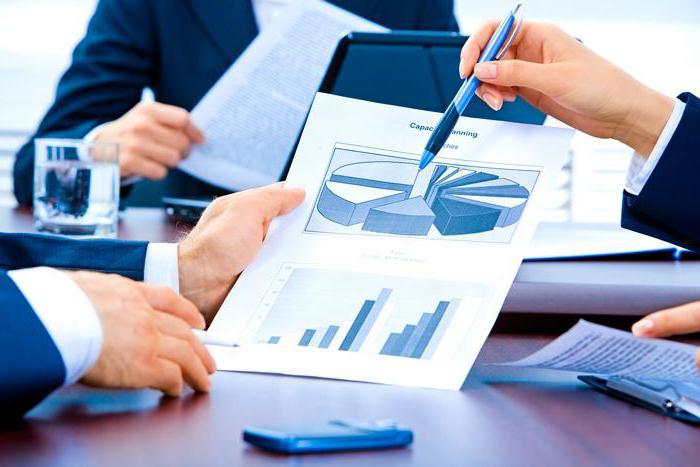
Sections
There are only 8 of them:
- Fixed assets.
- Stocks of production.
- Production costs.
- Finished goods.
- Money.
- The calculations.
- Capital.
- Financial results.
A separate section is allocated off-balance accounts.
Teaching material
Instructions for applying the chart of accounts include:
- The economic content, structure and purpose of each article.
- The order in which synthetic records are kept.
- Typical scheme of correspondence of articles.
The balance sheet accounts reflect information on the presence and movement of the property of the company, as well as the sources of its formation.
Off-balance sheet items
They show information about values that are not owned by the company. Such property may be in use and disposal (not owned) for a certain time. For example, rented fixed assets (account 001). The instruction on the application of the Chart of Accounts does not provide for the reflection of this information in the balance sheet. Operations on such articles are provided without the use of double entry. Arrivals are recorded on debit, retirement and expense - on credit. Off-balance sheet items have no correspondence.
Economic content
The instruction on accounts establishes three categories on this basis. The methodological material presents the features of the reflection of information on them. In particular:
- Household accounts describe the state of the funds at a specific date. These accounts are all active. They have a debit balance. Analytical accounting is carried out in cash and in kind for each type of funds. Credit turnover shows expense, and debit - income.
- Accounts on sources of economic average reflect the state on a certain date. These articles form a balance sheet liability. The instruction on the use of accounting accounts provides for the reflection of information separately for each source, as a rule, in monetary terms. The increase is shown on credit, expense - on debit; balance - credit.
- Accounts for financial results and business processes are necessary to ensure control over the processes of supply (procurement), production and sale. These items are included in the balance sheet asset.

Classification by structure and purpose
In the accounting system, there are:
- Regulatory accounts. According to them, the cost characteristics of objects that are reflected in the basic articles are specified. They do not have an independent meaning, but carry a complementary function.
- Operating accounts. These items are used to reflect the costs that relate to operations during the procurement, production and sale of products, products, services, works.
- Financial result accounts. They are necessary to identify indicators comparing income and expenses associated with their receipt, establishing profit and loss of the enterprise.
- Inventory accounts. They reflect the money and material assets of the company, including securities.
- Stock accounts show the sources of formation of the company's own funds: incremental, authorized and reserve capital special-purpose financing, retained earnings. On their credit, an increase in assets is reflected, on debit - costs (use).
- Settlement accounts. These articles are used to summarize information about the state of interaction with creditors and debtors of the company.
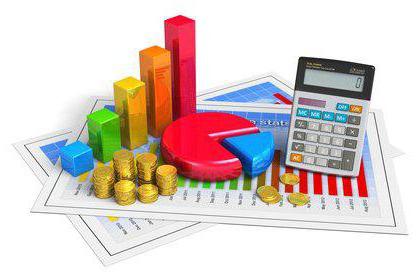
Correspondence
A business transaction is considered as a documented fact of activity. It affects the financial condition of the enterprise. The reflection of each operation is carried out using the double entry method in the accounts of accounting. It is also called correspondence. A double entry is a reflection of the debit of one and the credit of another balance sheet item. The encoding using accounting accounts is referred to as an accounting entry. The contents of the operation, its amount, the number of primary documentation in accordance with which the recording is made, correspondence is indicated in the Registration Journal.
Payment
An account is attached to each item of household assets and source. As mentioned above, all articles are divided into three categories. Consider the calculation procedure for the active part.
Reflection of the initial balance is carried out by D.It also shows the receipt (increase) of household funds. By K reflect their retirement (decrease). The final balance will always be debit, or equal to zero (in the absence of funds). In the process of counting turns (totals), the following cases may occur:
- The result of the turnover in D is equal to the indicator in K, Ck = 0 with Cn equal to 0.
- The value for D> of the total for K, Ck will be debit.
Liability calculation
The reflection of the initial balance is always carried out according to K. The final balance will be credit. When calculating, there may be such cases:
- The turnover indicator for D is equal to the total for K, Ck = 0 with Cn equal to zero.
- The result for D
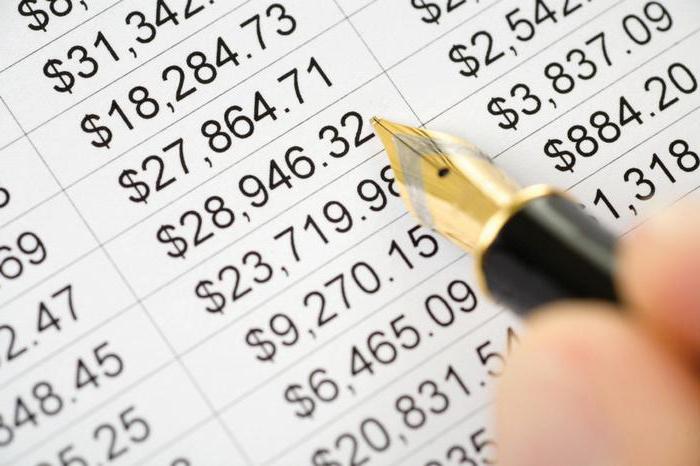
Turnover balance sheet
It is presented as a summary of accounting balances for a specific time period. The following are transferred to the balance sheet form:
- Names of articles.
- Opening balance.
- Credit and debit turnover for a specific (reporting) period.
- The final balance.
After counting over all the graphs, three equality pairs are obtained:
- The opening balance in D should correspond to the same indicator in K.
- The total turnover in D equals the same value in K.
- The final balance for D corresponds to the same indicator for K.
Balance
It is a method of economic grouping and summarizing information about the property of a company by location and composition. It also reflects information on the sources of value formation in monetary terms for a specific date. Balance sheet is considered the most important form enterprise reporting. On it you can assess the financial condition of the company. The balance includes the active and passive parts. Their results are equal. The asset reflects the specific property that is owned by the company. The passive part shows the sources of its formation.
Conclusion
Accounting is key to the enterprise. Reporting allows not only to trace the movement of funds, to identify the most promising sources of their income. Balancing, accounting operations facilitates control over the activities of the company. Indicators are used in the analysis of the enterprise. The prospects for the development of production depend on them. 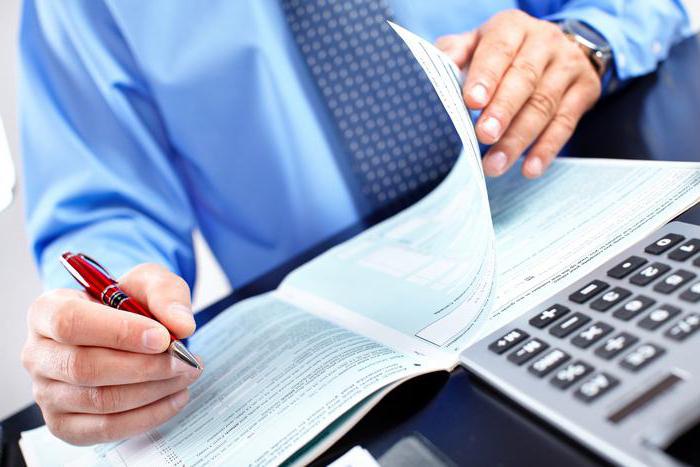 Reporting is also key in the formation of tax documentation. In this regard, the specialist should be able to not only understand the names of accounts and funds that are reflected on them. You must understand the order in which information should be indicated on them. To facilitate the work with accounts, the corresponding Instruction has been approved. It provides all the necessary information regarding the specifics of the calculation and reflection of funds on balance sheet items.
Reporting is also key in the formation of tax documentation. In this regard, the specialist should be able to not only understand the names of accounts and funds that are reflected on them. You must understand the order in which information should be indicated on them. To facilitate the work with accounts, the corresponding Instruction has been approved. It provides all the necessary information regarding the specifics of the calculation and reflection of funds on balance sheet items.
Chart of accounts - structured documentation that allows you to attribute certain operations to the relevant sections. Consistent synthesis of information allows you to make accurate calculations, identify key indicators. Not a single working company can do without the preparation of financial statements. The specialist who is engaged in this work should be attentive and possess certain knowledge. Errors in the preparation of documentation is difficult to fix.
To correct the shortcomings developed a specific order. Incorrect reporting, incorrect reflection of operations on accounts forms the corresponding conclusions. Based on their leadership, the company makes management decisions. If a mistake was made in the calculations or instructions of operations, then the analysis, as well as the planning of further activities, will also be incorrect.








